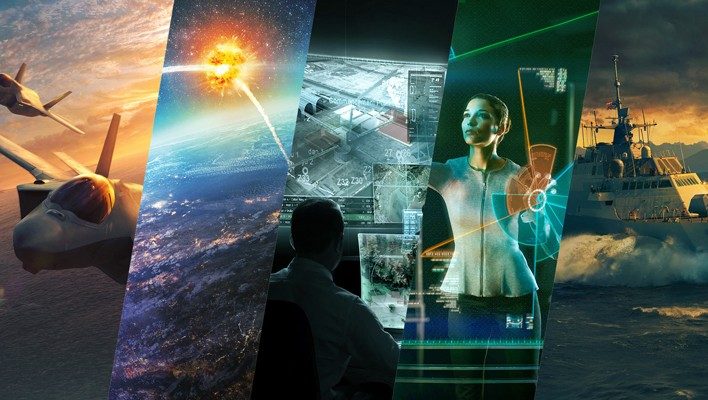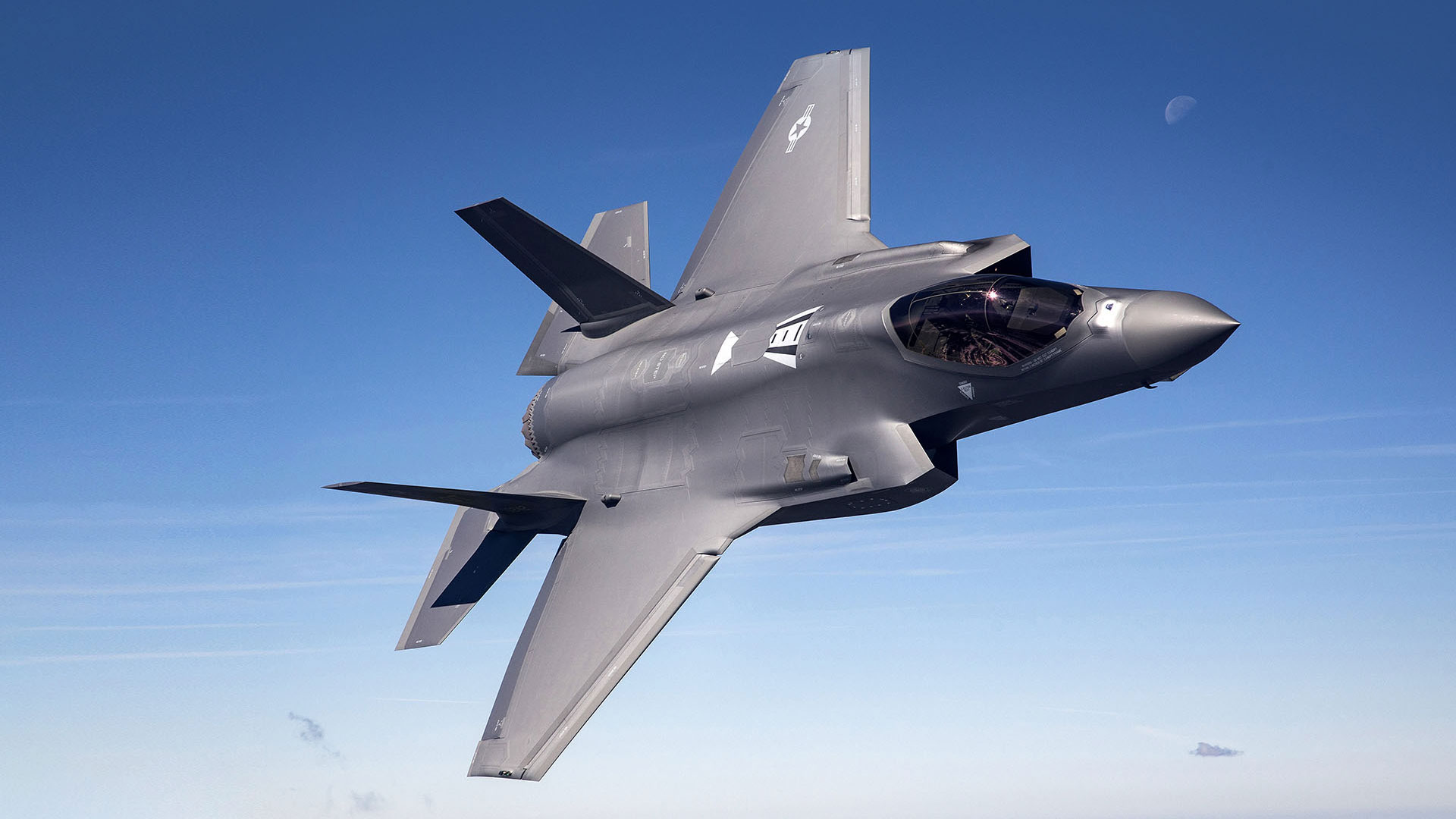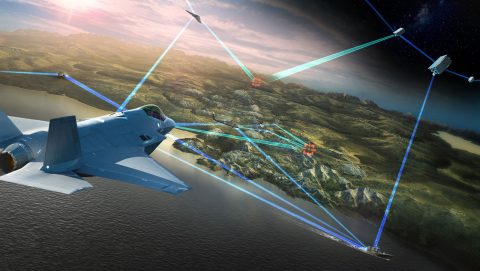Application Process and Schedule
Review our Application Toolkit when applying for a full description of the application requirements.
- Select a Focus Area
- Review the Application Toolkit
- Complete the Executive Summary and Apply
- Submissions are reviewed the first day of each quarter
- Technical Expert down selects participants
- Notice of Pitch Event selection targeted to be released by the following quarter
- Pitch your technology!
- Network with our Tech Fellows, Leaders, and Customers
- Startups are notified of Next Steps! All participants may request feedback
Check back often if your business or technology does not align to one of the Focus Areas below.
What Next Steps Look Like
The Pitch event is only the beginning and authorizes three award classes; the Entrepreneurial Winner, Special Recognition, and Honorable Mention.
Once you become an awardee, a world of possibilities opens, including:
- Awardees begin with a Deep Dive of their tech and identify opportunities to collaborate
- You are then connected with a Lockheed Martin POC
- Access opportunities for proof of concept, pilot programs, transition from other industries, and more
The Entrepreneurial Network team strategically aligns our business to connect our Awardees across Lockheed Martin.
Our Latest Focus Areas
The Entrepreneurial Network periodically updates our Focus Areas. See our latest below:

Background: Noise produced by military and commercial VTOL has a significant impact on operational effectiveness and public acceptance. The possibility of more stringent noise regulations and an increased demand for urban mobility can be at odds with one another. As we expand our portfolio with electric VTOL (eVTOL) or Urban Air Mobility (UAM) technologies we see new opportunities for collaboration involving low noise.
Interests (Requirement): Sikorsky has a long legacy of working to design, develop and operate low noise aircraft & technologies for both military and commercial platforms. In advent of a more connected and aerially mobile civilization, external noise will continue to play an increasingly significant role in aircraft design and operation. However, without careful attention, proliferation of these aircraft may be blocked by excessive external noise.
Now is the time to develop new technologies, strategies & aircraft designs that enable a dramatic reduction in external noise, thus defining the state-of-the-art for quiet VTOL of the future. New methods should push past the boundaries of traditional passive rotor & aircraft design and enable noise levels previously considered impossible.

Background: Lockheed Martin has a long history of designing and fielding some of the most complex platforms across all domains for both commercial and military applications. The growth of autonomy and artificial intelligence technologies tests the limits of what is possible. In the last year the industry reached a high in investments for autonomy and self-driving vehicles. One of the ways engineering is paving the way toward fielding the next generation of autonomous vehicles is trustworthiness, or verification & validation (V&V).
Interests (Requirement): As Lockheed Martin continues to require more complex solutions to verify and validate system performance we see an opportunity to formulate a cohesive solution which may include; defining requirements in unpredictable environments, identifying critical test scenarios in an infinite state space, evaluating test results with non-deterministic responses and/or addressing the impact of system updates.

Background: Future cockpits will need to act more like an effective team member, taking on the characteristics of a “good” human crewmember. A good crewmember is one that is predictable, observable, effectively communicates his/her intentions before acting, and makes decisions cooperatively with the copilot to achieve the intended mission goal. A cockpit that embodies these characteristics will lead to a more effective teaming relationship.
Interests (Requirement): New human machine interfaces (software and/or hardware), paradigms or strategies that enable a more effective human machine teaming relationship in the cockpit. Technologies that facilitate an effective teaming relationship and promote enhanced cognition are at the forefront of our design goals.

Background: Commercial wireless network security solutions use cryptographic algorithms (e.g., asymmetric algorithms) that are too computationally expensive for the space, weight, power, and cooling (SWaP-C)-constrained wireless sensor network environment of an aircraft.
Interests (Requirement): Low SWaP-C, wireless sensor network cyber resilience solutions. Solutions should be resilient to spoofing, man-in-the-middle (MiTM), and/or denial-of-service (DoS) attacks. An example would be a miniaturized computer-transceiver, with low complexity cryptography, that is designed to interface with aircraft cyber-physical sensors. Other novel technologies in the area of cyber resilience are also welcome.

At Lockheed Martin we’re looking for technologies and companies to help us solve complex challenges, advance scientific discovery and deliver solutions that protect and explore our world.
Thinking of growing or modifying your business?
Seeking an opportunity to transition your technology from another industry?
Are you looking to advance a revolutionary idea?
See Below for Focus Areas from Previous Pitch Events
We are still accepting applications to these areas.
Background: Mission requirements around avionics installations continues to push the limits of today’s cooling technology. Many aircraft are faced with high temperatures in hot areas of the world. Multiple fan installations are complex in terms of caution warnings and failure backup solutions. Modern electronics using multiple multicore processors with multiple threads are running at clock speeds mounted on tight circuit board packages.
Interests (Requirement): The requirement is to find solutions that address applications involving extreme temperatures or where electronics are exposed to harsh conditions. Additional areas of interest include use of advanced liquid cost effective cooling using immersion coolant to innovative piping, vapor chambers, or other. Future aircraft development programs, will continue to require novel thermal management solutions.
Background: Lockheed Martin is dedicated to developing innovative flight solutions which provide our customers with the highest level of performance and safety. Sikorsky is interested in investigating electric power generation, electric motors, and energy storage and transmission solutions which can enable the next generation of efficient flight vehicles.
Interests (Requirement): Key enabling technology can include electric motors and generators which have high power density / efficiency, small packaging, integrated and/or novel cooling solutions, and can operate in a range of aerospace relevant environments. Energy storage and generation technologies which have high energy density / efficiency, small packaging, and safe for flight / aerospace applications. High energy electric transmission solutions could include wired or wireless solutions.
Background: The future battlefield will have threat weapon systems that traditional survivability technology will not be affective against. This includes Directed Energy Weapons and other threats that require new detection methods that can provide accurate, rapid alerts to appropriate crew and defeating or stopping the threat.
Interests (Requirement): Detection methods for rapidly advancing technologies continue to require adaptations to current aircraft survivability systems to ensure aircraft and crew safety during complex, high threat missions. Active methods allowing for countermeasure tech to reduce risk.
Background: Our customer is relying on Lockheed Martin to have a mission ready aircraft, anywhere anytime. Create operational environment using the latest advancements in Materials, Manufacturing, Sensors, Modeling, and Damage Tolerant Technologies to withstand a high vibration and corrosive environment for our aircraft. As both defense and commercial customers continue to increase their utilization of these assets, interest has arisen in reducing the frequency and intensity of these maintenance activities. Additional solutions could include advanced manufacturing technologies or new data analytics software or hardware technologies as examples.
Interests (Requirement): Technologies, processes or design practices that reduce the maintenance burden on complex systems or eliminate non-schedule maintenance needs. Advanced manufacturing areas of interest include one or more of the following: material solutions for an adhesive and sealant rapid cure, wear resistant bushing and pin material combination, integrated sensor to detect environment and material conditions, modeling and predictive software to correlate sensor data and predict component life, manufacturing technologies that enable rapid aircraft component replacement. The ability to instantiate such solutions on already fielded aircraft would be highly preferred. Other technologies that contribute to the maintenance free solution are welcome.
Media Contact
Melissa Chadwick
+1 (202) 740-5997
Melissa.a.chadwick@lmco.com
Business Development Contact
+1 (800) WINGED-S (946-4337)
CSSCustPortalSuppt@sikorsky.com
We're engineering a better tomorrow.
Your individual skills play a critical role in changing the way the world works and helping us develop products that make it a safer place to achieve your goals. Our teams are made up of diverse employees from a wide range of disciplines and backgrounds, working together to tackle complex challenges and push the boundaries of innovation.
Explore our skill areas to find the right opportunity for you.







